Home>Storage & Organization>Decluttering Tips & Tricks>How To Declutter Everything
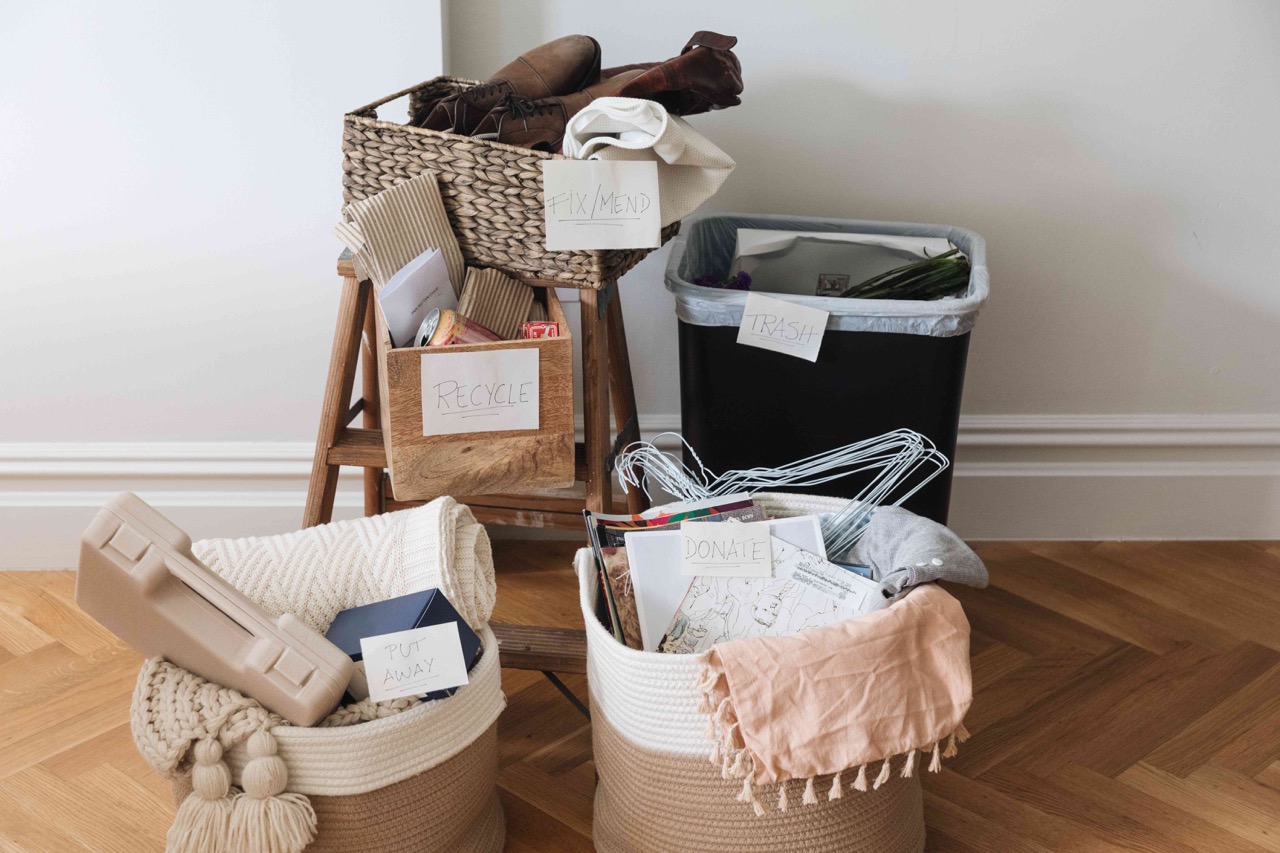

Decluttering Tips & Tricks
How To Declutter Everything
Modified: March 21, 2024
Discover effective decluttering tips and tricks to organize your home and life with our comprehensive guide on how to declutter everything. Simplify your space and reduce stress today!
(Many of the links in this article redirect to a specific reviewed product. Your purchase of these products through affiliate links helps to generate commission for Storables.com, at no extra cost. Learn more)
**
Introduction
**
Decluttering is more than just tidying up; it's a transformative process that can bring a sense of calm and clarity to your life. Whether you're tackling a cluttered closet, an overflowing inbox, or a chaotic living space, the benefits of decluttering extend far beyond creating a neat and organized environment. It can also lead to reduced stress, increased productivity, and a greater sense of well-being.
In today's fast-paced world, it's easy to accumulate more possessions, both physical and digital, than we truly need. This excess can lead to feelings of overwhelm and hinder our ability to focus and thrive. However, with the right approach, anyone can conquer clutter and create a more harmonious living and working space.
In this comprehensive guide, we'll explore the art of decluttering, providing practical tips and strategies to help you streamline your surroundings and simplify your life. From setting achievable goals to mastering decluttering techniques and maintaining an organized space, you'll gain valuable insights to embark on your decluttering journey with confidence.
So, roll up your sleeves, grab a trash bag, and get ready to bid farewell to clutter. It's time to reclaim your space and restore balance to your surroundings. Let's dive into the transformative world of decluttering and discover the joy of a simplified lifestyle.
**
Key Takeaways:
- Start small: Begin decluttering with small areas to build confidence, create visible impact, and practice decision-making. This approach minimizes overwhelm and establishes effective decluttering habits.
- Organize and maintain: After decluttering, invest in storage solutions, establish routines, and practice mindful consumption to sustain a clutter-free space. Digital decluttering is also crucial for improved productivity.
Read more: How To Declutter Books
Step 1: Set Your Goals
**
Before diving into the decluttering process, it's essential to establish clear and achievable goals. Setting specific objectives will not only guide your decluttering efforts but also help you stay motivated throughout the process. Consider the following steps to define your decluttering goals:
Assess Your Needs: Start by assessing your living or working space. Identify the areas that are causing the most stress or hindering your productivity. Whether it's a cluttered desk, an overflowing wardrobe, or a disorganized digital workspace, pinpoint the areas that require your attention.
Prioritize: Once you've identified the spaces that need decluttering, prioritize them based on their impact on your daily life. For example, if a cluttered kitchen is impeding your ability to cook and enjoy meals, it might take precedence over decluttering a less frequently used guest room.
Set Clear Objectives: Define what you aim to achieve through decluttering. Whether it's creating a more serene living environment, improving efficiency in your workspace, or simply reducing the time spent searching for misplaced items, establishing clear objectives will give your decluttering efforts purpose and direction.
Be Realistic: While it's natural to aspire to a perfectly organized and clutter-free space, it's important to set realistic goals. Acknowledge the time and effort required to declutter effectively, and avoid overwhelming yourself with unattainable expectations.
Measure Progress: Determine how you will measure your progress towards your decluttering goals. Whether it's by tracking the number of bags of items donated, the hours dedicated to decluttering each week, or the visible transformation of specific areas, having measurable indicators will help you stay on course and celebrate your achievements along the way.
By setting clear and realistic decluttering goals, you'll establish a roadmap for your journey towards a more organized and harmonious living and working space. With your objectives in place, you're ready to embark on the transformative process of decluttering with purpose and determination.
**
Step 2: Start with Small Areas
**
When it comes to decluttering, tackling small areas first can yield significant results and provide the momentum needed to address larger spaces. Here are some compelling reasons to start small:
Build Confidence: Beginning with a small, manageable area allows you to experience quick and tangible progress. This early sense of accomplishment can boost your confidence and motivate you to continue decluttering other spaces.
Establish Habits: By starting with small areas, you can develop effective decluttering habits that will serve you well as you tackle more extensive spaces. These habits may include regular decluttering sessions, mindful consumption, and thoughtful organization.
Create Visible Impact: Clearing a cluttered countertop, organizing a messy drawer, or decluttering a single closet can create a noticeable and immediate improvement in your living environment. This visible impact can inspire you to extend your decluttering efforts to other areas.
Minimize Overwhelm: Large-scale decluttering projects can be overwhelming, leading to procrastination and inaction. By starting small, you can avoid feeling daunted by the task at hand and gradually build momentum as you progress.
Practice Decision-Making: Decluttering small areas provides an opportunity to practice decision-making skills related to item retention, donation, or disposal. These decision-making abilities will become invaluable as you declutter larger and more complex spaces.
Consider beginning with a cluttered shelf, a disorganized kitchen drawer, or a neglected corner of a room. Once you experience the positive effects of decluttering small areas, you'll be better equipped to take on more extensive decluttering projects with confidence and determination.
**
Step 3: Decluttering Techniques
**
Effective decluttering involves employing practical techniques to streamline your belongings and create an organized space. Here are some valuable decluttering techniques to guide you through the process:
The KonMari Method: Popularized by Marie Kondo, this method involves decluttering by category (e.g., clothing, books, sentimental items) rather than by room. It emphasizes keeping only items that "spark joy" and discarding those that no longer serve a purpose or bring happiness.
Four-Box Method: When decluttering a specific area, use four clearly labeled boxes or bags: Keep, Donate, Trash, and Relocate. This method helps you make quick decisions about each item and ensures that items designated for donation or relocation are promptly dealt with.
One-In, One-Out Rule: Implement this rule to prevent future clutter. For every new item you bring into your space, commit to removing an existing item. This habit encourages mindful consumption and prevents the accumulation of unnecessary belongings.
Decluttering by Time: Set a timer for a specific duration, such as 15 or 30 minutes, and focus on decluttering within that timeframe. This approach helps prevent burnout and allows you to make steady progress without feeling overwhelmed by the task.
Reverse Hanger Technique: To declutter your wardrobe, hang all clothing items with the hangers facing backward. After wearing an item, return it to the closet with the hanger facing the typical direction. After a few months, donate or discard any clothing that remains on backward-facing hangers, as it indicates items that are no longer being worn.
Digitizing Paper Clutter: Scan and digitize important documents, receipts, and other paper clutter to reduce physical storage needs and create a more streamlined digital filing system. Be sure to back up digital files securely to prevent data loss.
By incorporating these decluttering techniques into your approach, you can navigate the decluttering process with efficiency and purpose, leading to a more organized and serene living or working environment.
**
Start small by decluttering one area at a time, such as a drawer or a shelf. Sort items into keep, donate, and toss piles to make the process easier.
Step 4: Organizing and Maintaining
**
Once you've decluttered your living or working space, the next crucial step is to organize the remaining items effectively and establish habits to maintain a clutter-free environment. Consider the following strategies for organizing and sustaining an orderly space:
Storage Solutions: Invest in practical storage solutions such as bins, baskets, drawer dividers, and shelving units to keep items neatly organized and easily accessible. Utilize vertical space and consider multifunctional furniture to maximize storage potential.
Labeling Systems: Implement a labeling system to clearly identify the contents of storage containers, drawers, and shelves. This simple yet effective practice enhances organization and simplifies the process of locating specific items.
Establish Routines: Incorporate regular decluttering and organizing sessions into your routine to prevent the re-accumulation of clutter. Set aside dedicated time each week to tidy and reevaluate your living or working space.
Mindful Consumption: Adopt a mindful approach to acquiring new possessions. Before making a purchase, consider whether the item aligns with your needs and adds value to your life. Avoid impulsive shopping and prioritize quality over quantity.
Designated Spaces: Assign specific areas for frequently used items and ensure they are returned to their designated spaces after use. This practice minimizes clutter and facilitates a more organized and functional environment.
Digital Organization: Extend your organizing efforts to digital spaces by creating well-structured folders, organizing files systematically, and regularly decluttering digital documents and emails. Implementing a consistent digital filing system can enhance productivity and reduce digital clutter.
By implementing these organizing strategies and cultivating mindful habits, you can sustain the benefits of decluttering and create a harmonious and functional living or working environment. With a commitment to organization and maintenance, you can enjoy the long-term rewards of a clutter-free space.
**
Read more: How To Declutter Your Desk
Step 5: Digital Decluttering
**
In today’s digital age, decluttering extends beyond physical spaces to encompass digital environments. Managing digital clutter is essential for improving productivity, streamlining workflows, and maintaining a clear digital mindset. Here are key strategies for digital decluttering:
Organize Files and Folders: Create a well-structured system for organizing digital files and folders. Categorize documents, photos, and other digital assets into clearly labeled folders, making it easier to locate and manage digital content.
Streamline Email Management: Implement effective email management practices, such as unsubscribing from unnecessary mailing lists, creating filters to categorize incoming emails, and regularly archiving or deleting old messages. This approach minimizes inbox clutter and enhances email productivity.
Clear Desktop Clutter: Keep your digital desktop tidy by organizing files into folders and removing unnecessary shortcuts or files. A clutter-free desktop can contribute to a more focused and efficient digital workspace.
Review Digital Subscriptions: Assess your digital subscriptions, such as streaming services, software memberships, and app subscriptions. Cancel any subscriptions that are no longer utilized or essential, reducing digital clutter and unnecessary expenses.
Backup and Storage Management: Regularly back up important digital data to secure storage solutions, such as external hard drives or cloud storage platforms. Review and declutter outdated or redundant digital files to optimize storage space.
Digital Workspace Ergonomics: Organize digital workspaces to enhance ergonomics and efficiency. Customize file naming conventions, utilize digital tools for task management, and maintain a clutter-free digital environment to support optimal productivity.
By applying these digital decluttering strategies, you can cultivate a streamlined and organized digital ecosystem that complements your physical decluttering efforts. Embracing digital minimalism and maintaining a clutter-free digital environment can contribute to enhanced focus, productivity, and digital well-being.
**
Conclusion
**
Embarking on a decluttering journey is a transformative endeavor that goes beyond creating tidy spaces; it fosters a sense of harmony, clarity, and purpose in your life. By setting clear goals, starting with small areas, employing effective decluttering techniques, organizing and maintaining your space, and addressing digital clutter, you can experience the profound benefits of a simplified lifestyle.
Throughout this comprehensive guide, we’ve explored the art of decluttering and provided practical strategies to help you reclaim your space and restore balance to your surroundings. By embracing the principles of decluttering, you can unlock a multitude of advantages, including reduced stress, increased productivity, and a renewed appreciation for the items that truly add value to your life.
As you progress on your decluttering journey, remember that it’s not about perfection, but rather about progress and mindful intention. Celebrate each step forward, whether it’s clearing a cluttered countertop, digitizing important documents, or maintaining an organized digital workspace. Every small victory contributes to the creation of a more serene and functional living or working environment.
By integrating decluttering into your lifestyle and cultivating mindful habits, you can elevate your surroundings and embrace a more intentional and fulfilling way of living. Whether you’re simplifying your physical spaces or streamlining your digital environments, the benefits of decluttering extend far beyond mere organization; they encompass a profound shift towards a more balanced and purposeful existence.
So, as you bid farewell to clutter and embrace the transformative power of decluttering, may you find joy in the journey and revel in the rejuvenating effects of a simplified and harmonious lifestyle. Here’s to a clutter-free space and a clutter-free mind—cheers to the transformative art of decluttering!
Frequently Asked Questions about How To Declutter Everything
Was this page helpful?
At Storables.com, we guarantee accurate and reliable information. Our content, validated by Expert Board Contributors, is crafted following stringent Editorial Policies. We're committed to providing you with well-researched, expert-backed insights for all your informational needs.
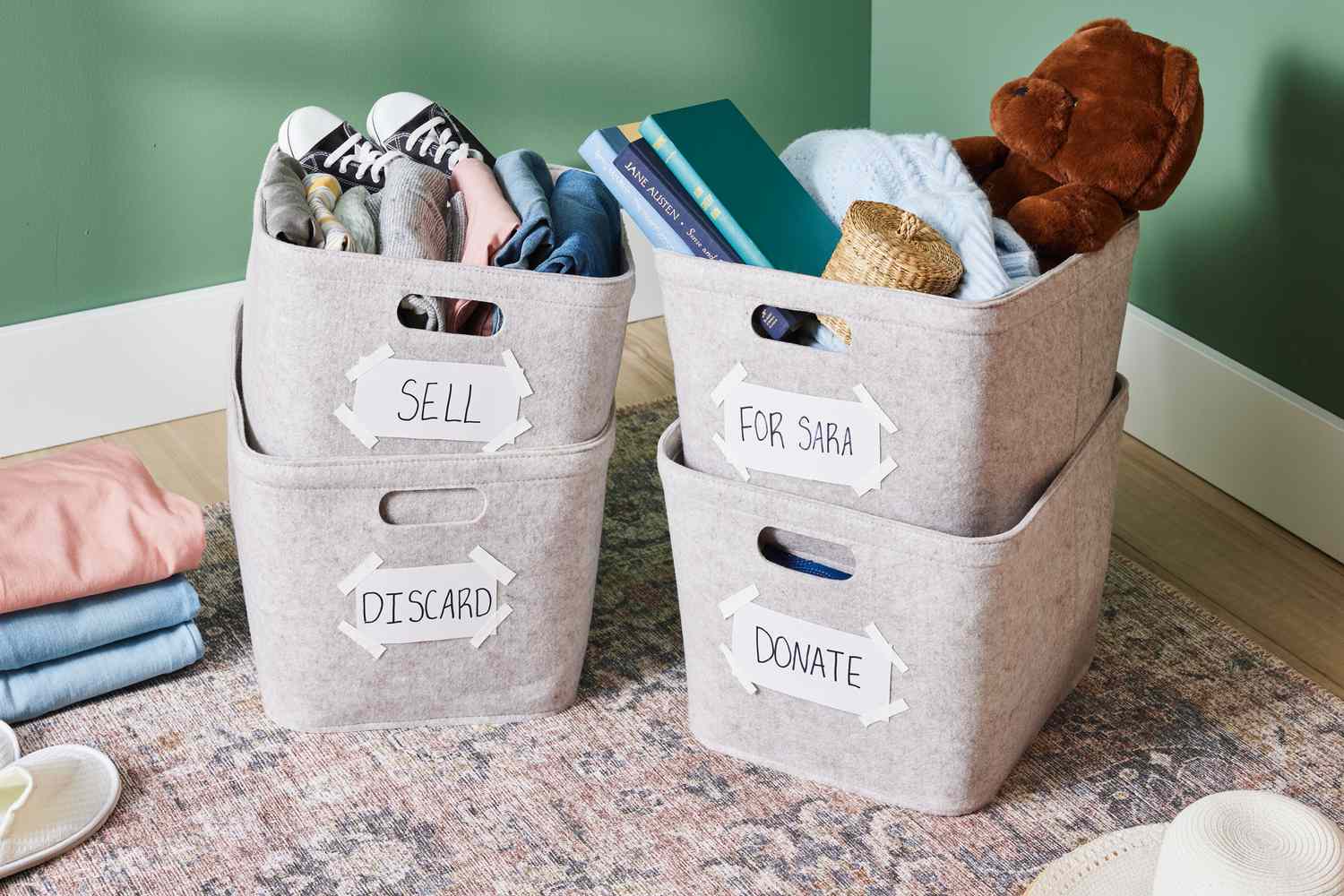
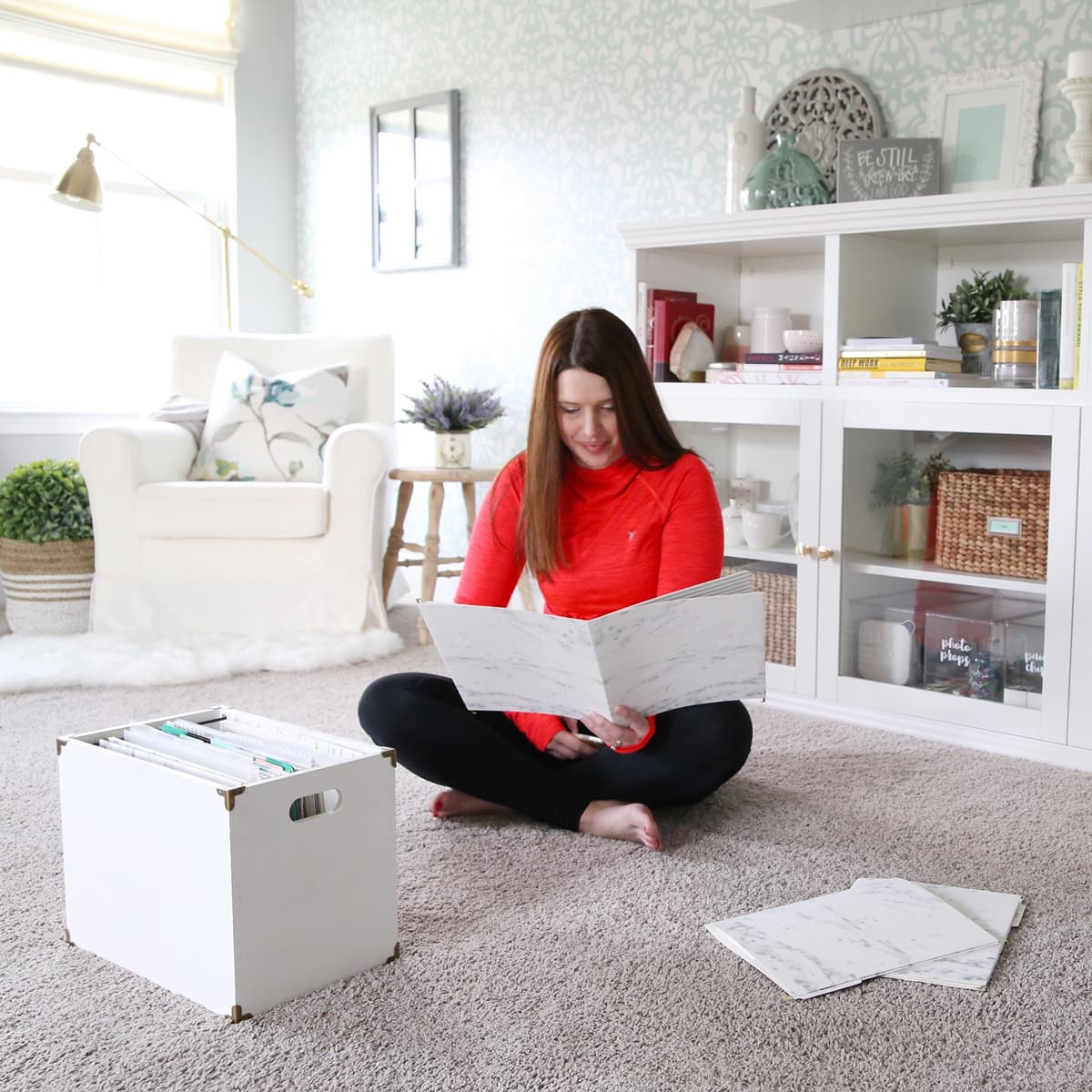
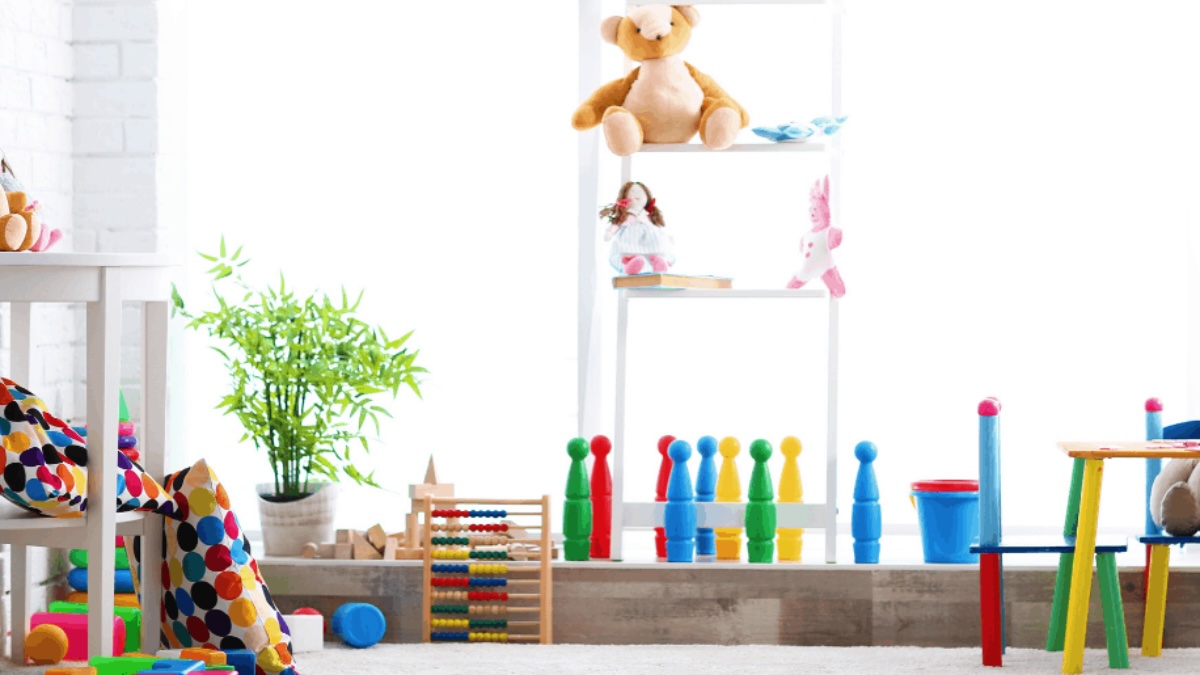

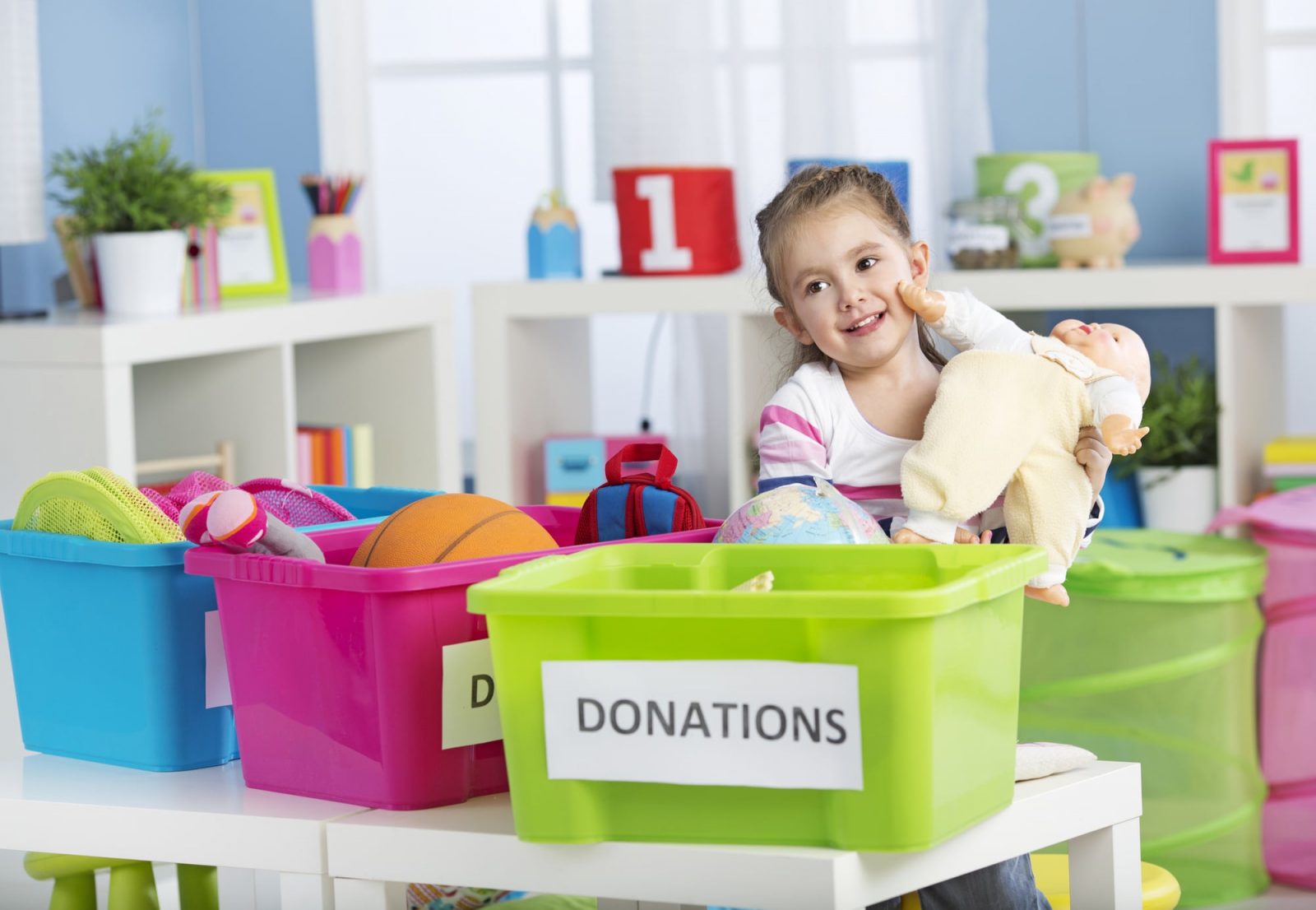
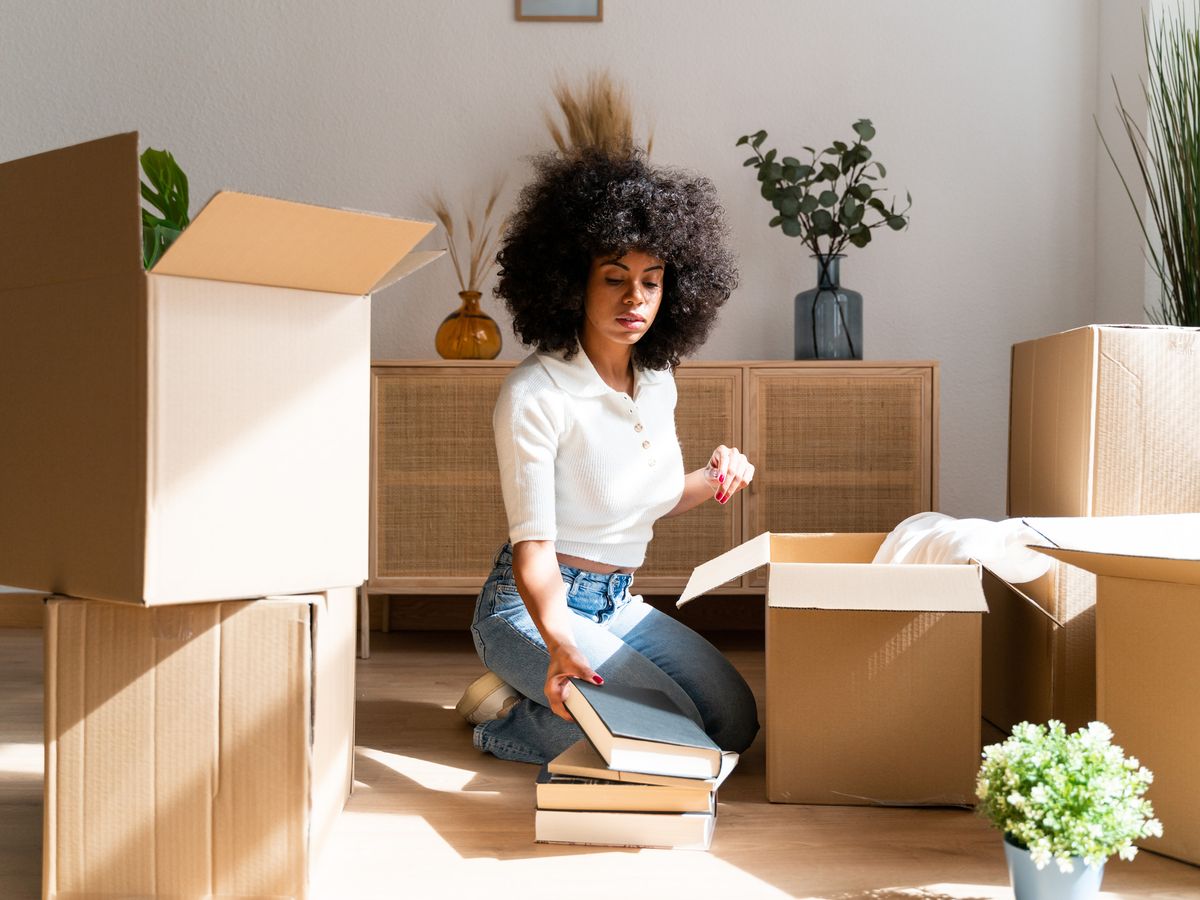
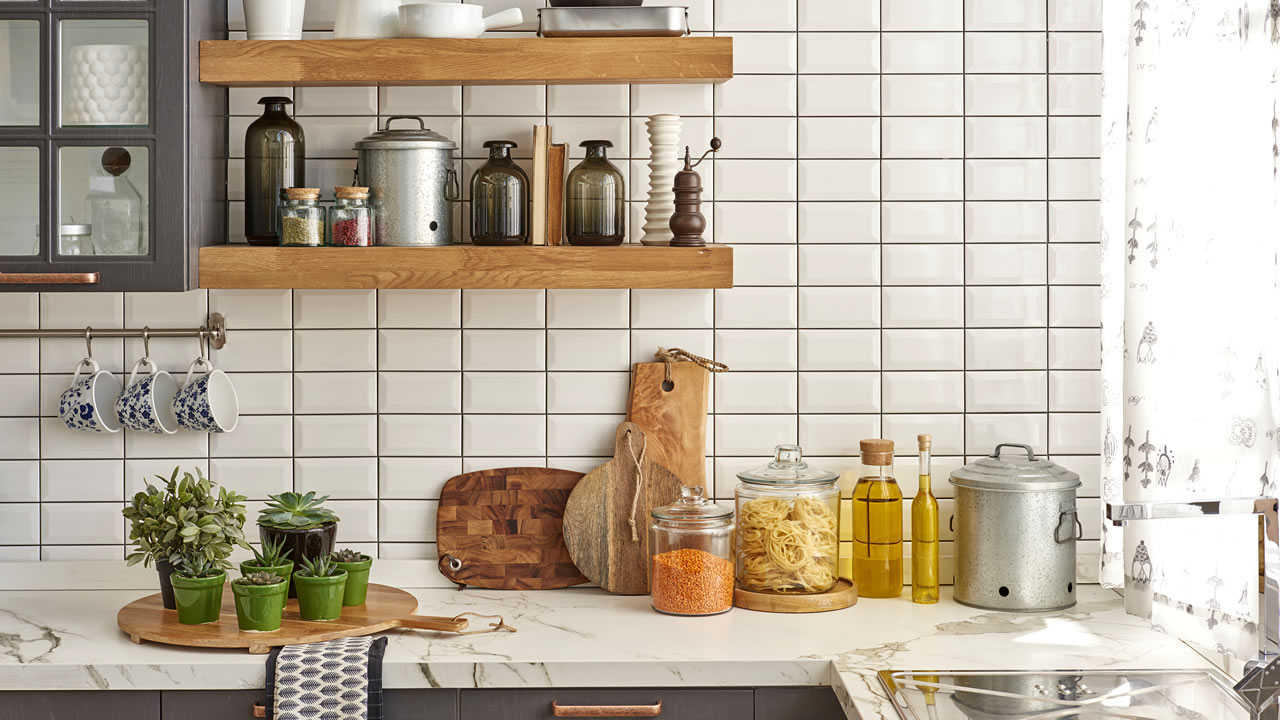
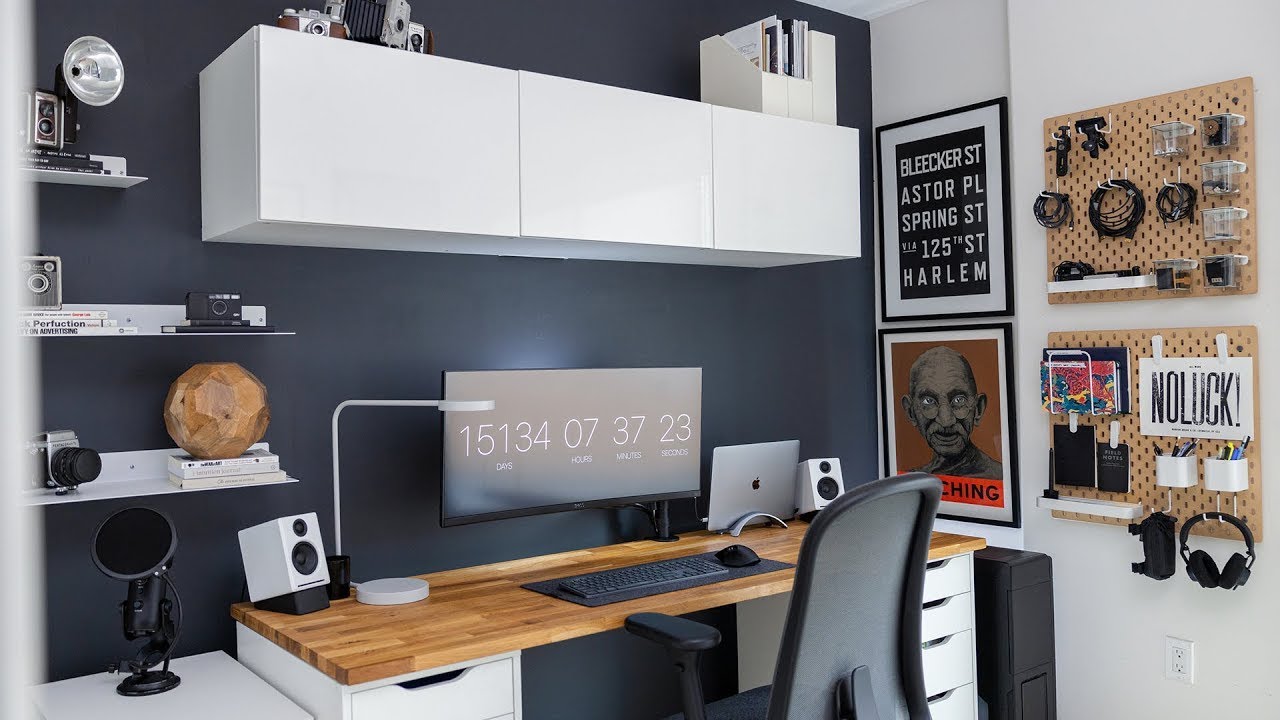
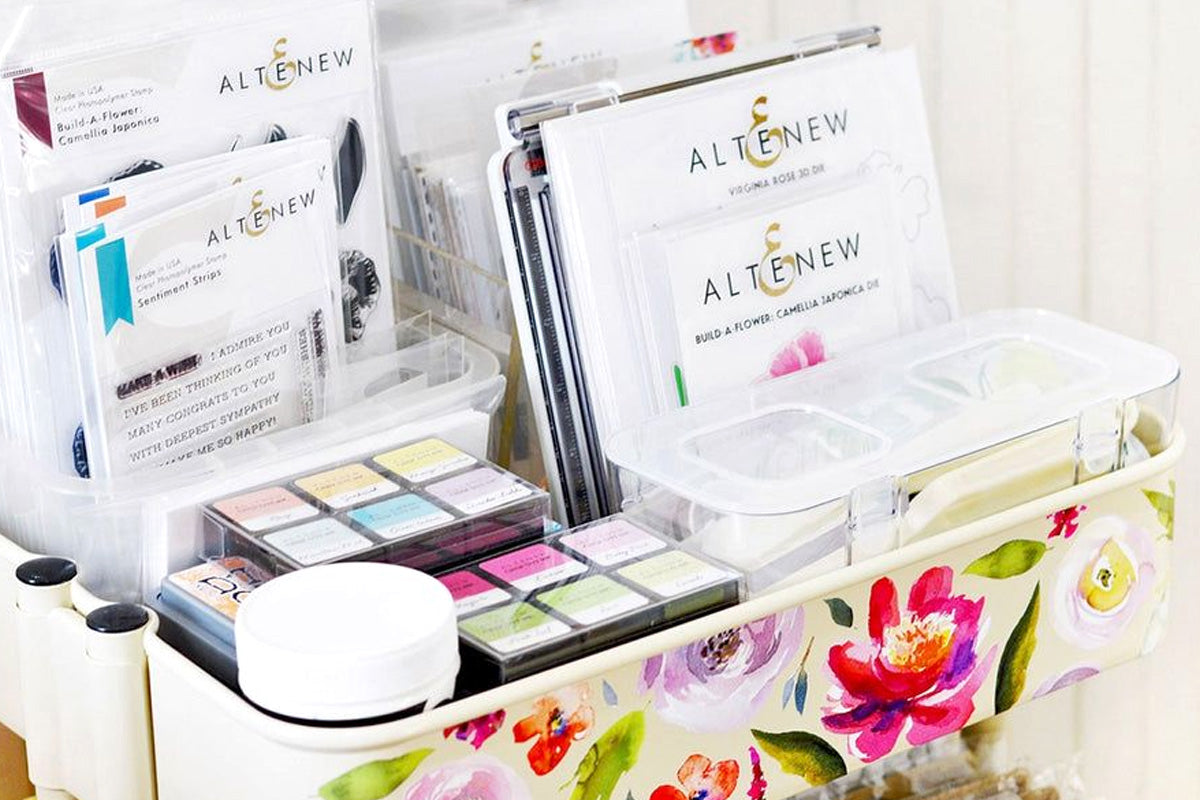
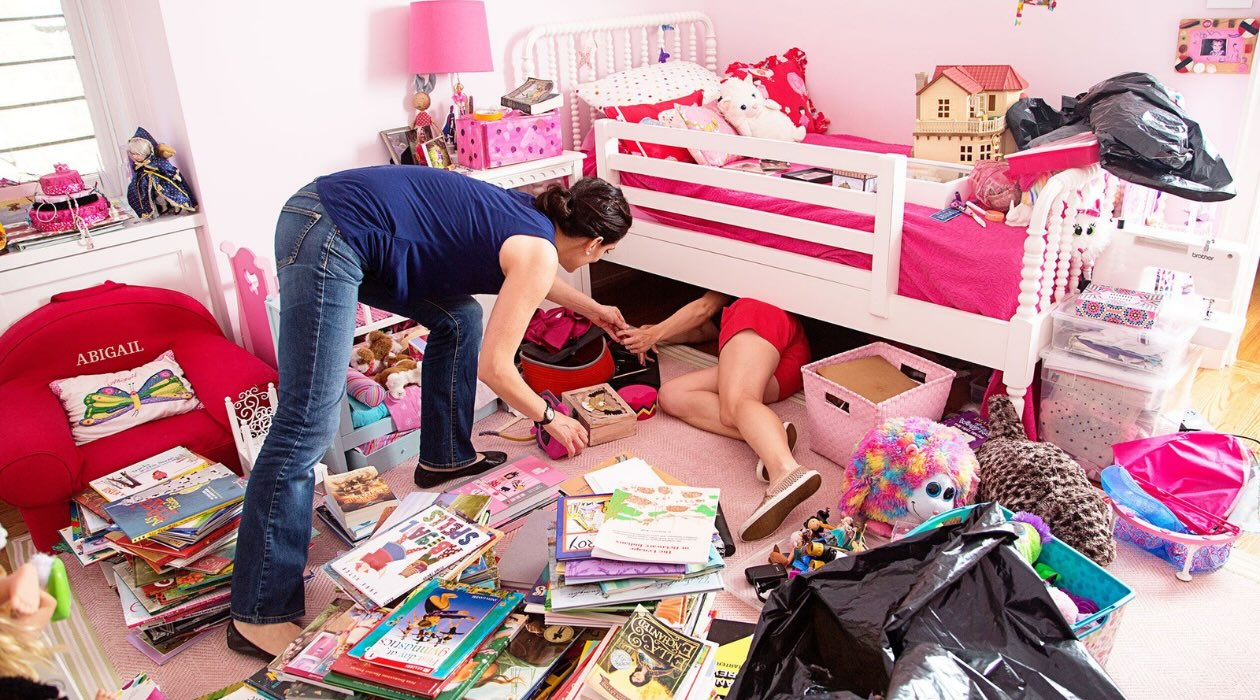
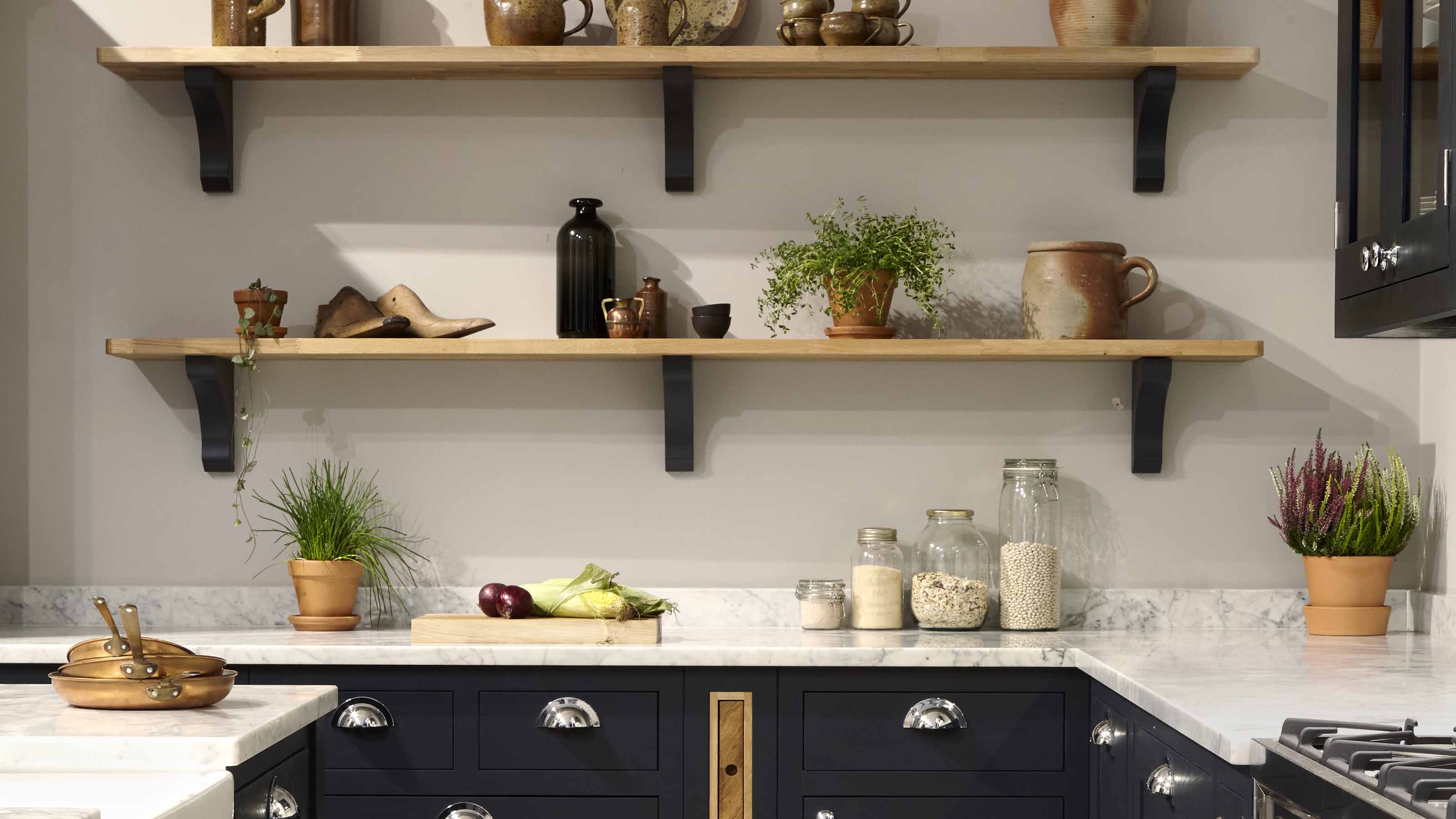
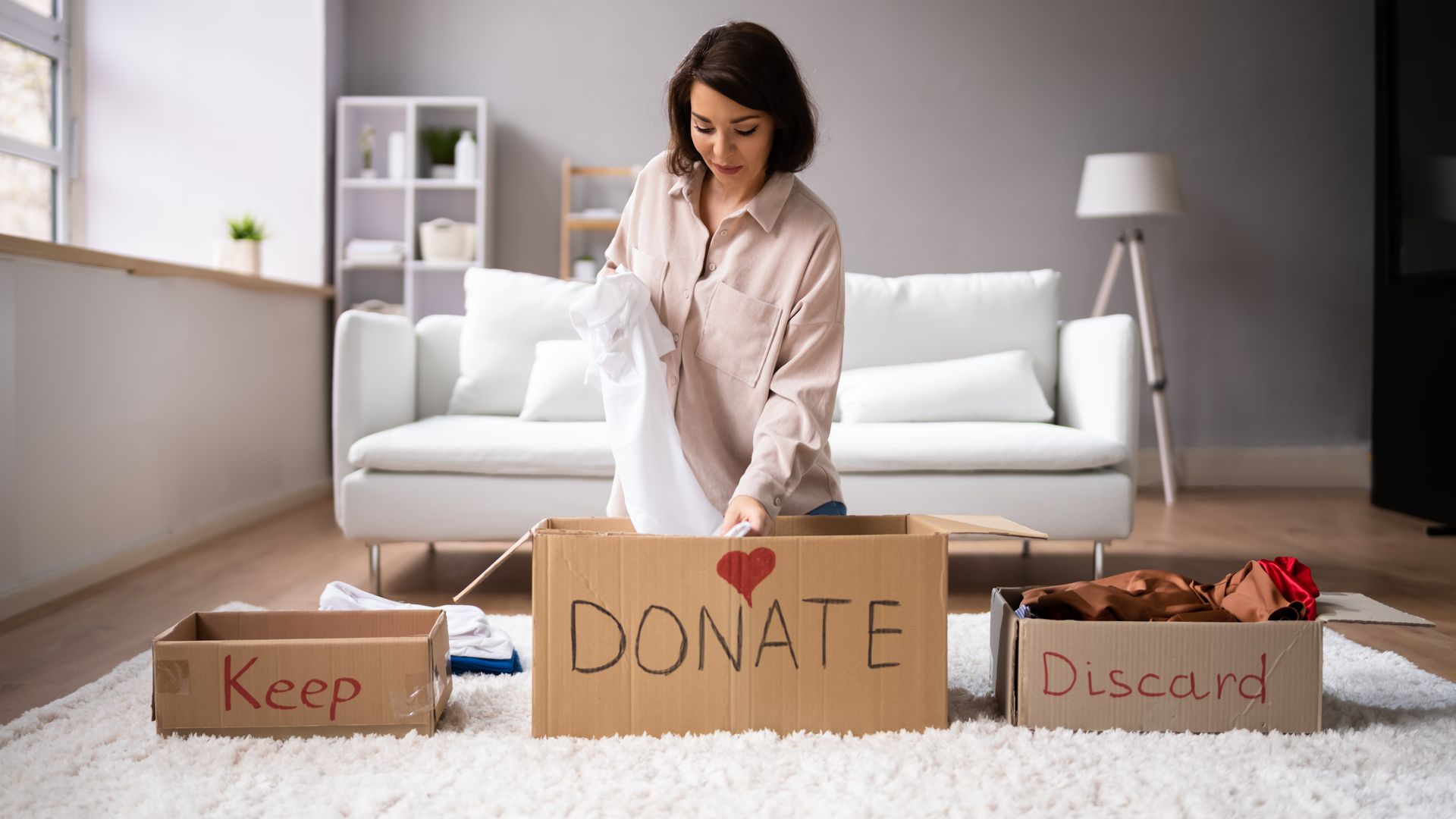

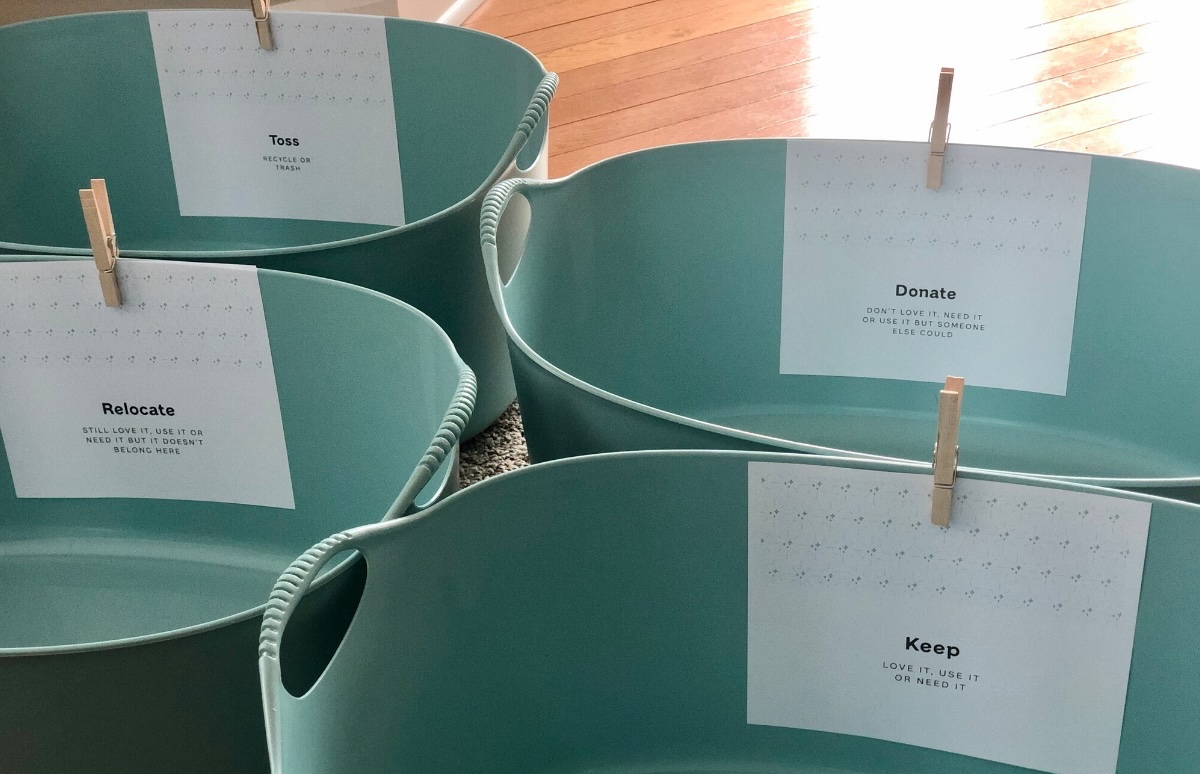

0 thoughts on “How To Declutter Everything”